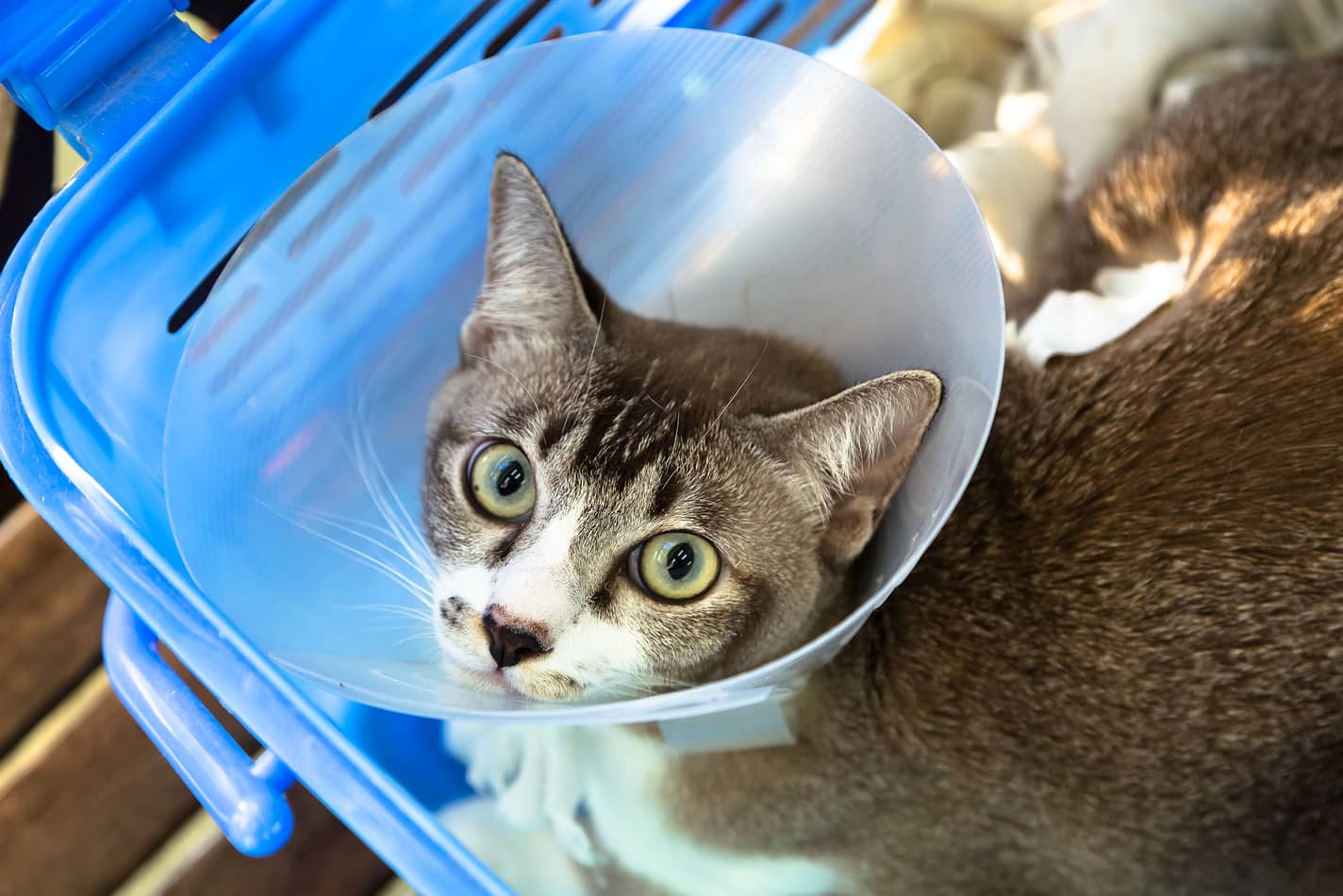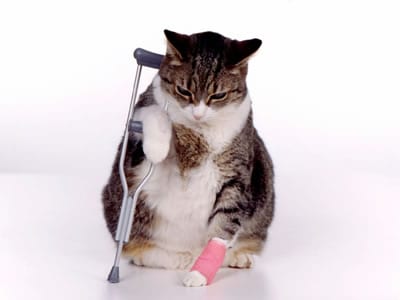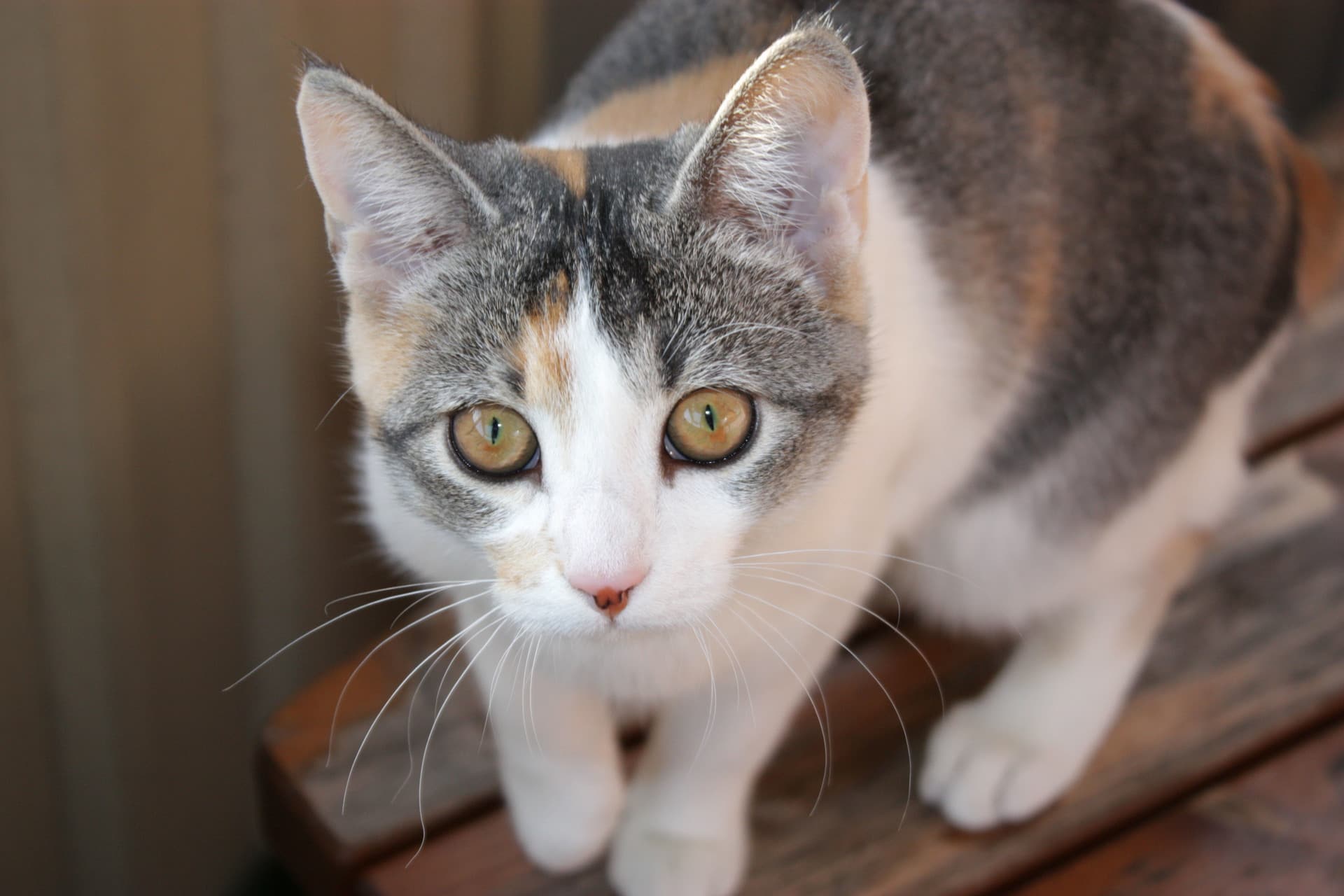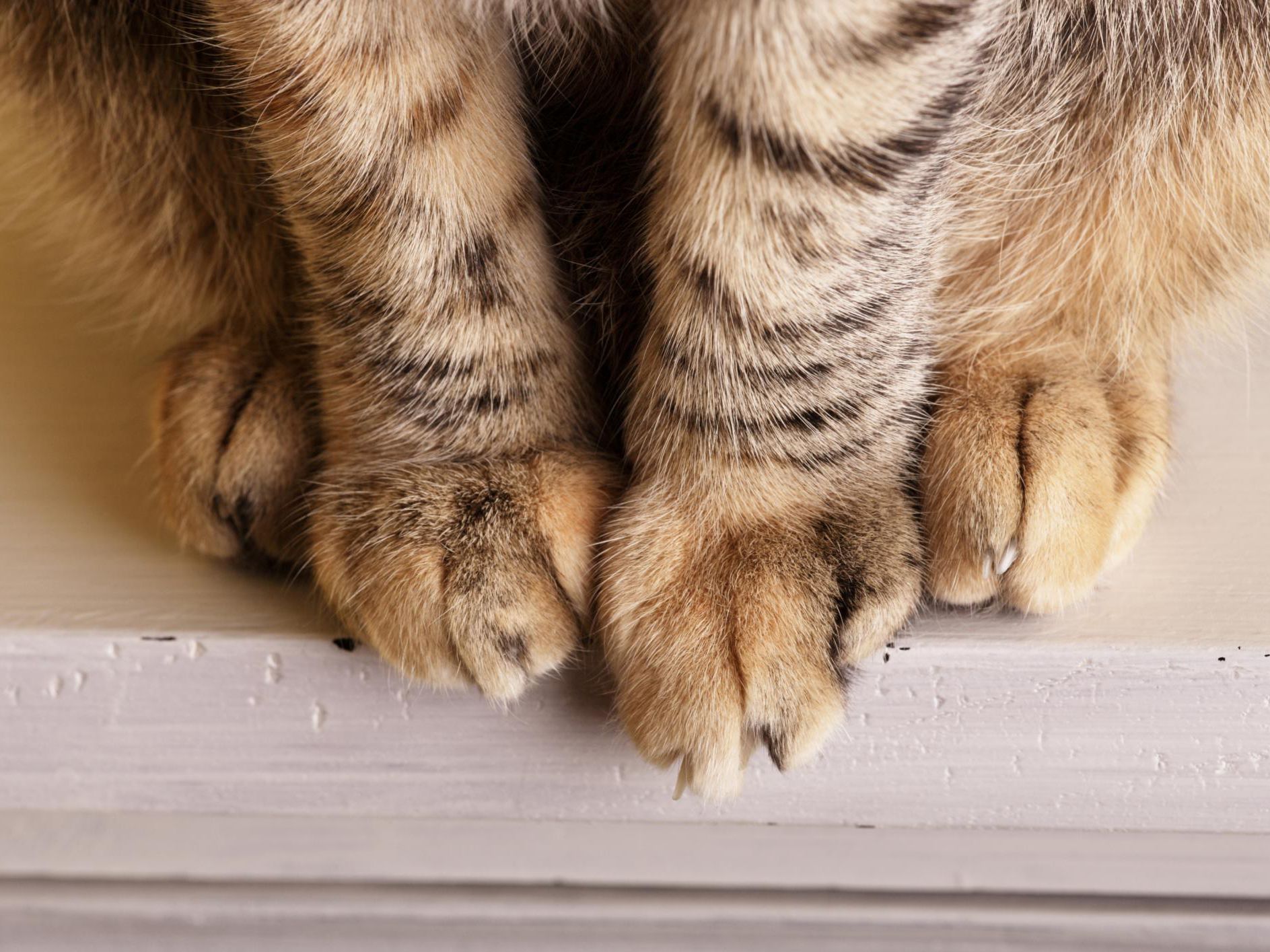
That the cat has seven lives is not true, as those of us who live with one know well. Yes it is true that he has the ability to fall almost always on his feet, but sometimes not so lucky and breaks a leg.
When that happens, we have to take him to the vet for examination and treatment as soon as possible, otherwise he might not heal well, thus worsening his situation. But what can we do at home? Many things. Let's see how to care for a cat with a hip fracture
How to help you recover?
You have to follow the advice of the veterinarian
This is the first and foremost thing we need to know. He is the professional, and therefore, the one who knows how to cure our cat as soon as possible. So that, the furry must be given the medications that he has prescribed as many times as he has told us.
We will offer you a safe and quiet room
A fractured cat is more easily stressed than a cat that has all four legs intact. The pain he feels prevents him from leading a normal life, and that bothers him a lot, so much that he will try to move whenever he can.
Therefore, it is essential to place it in a room where it can be as quiet as possible, and where it is not in danger of injury; that is, they have to have all their things (bed, feeder, drinking bowl, sandbox and toys) on the floor.
Changes in your diet to avoid weight loss
When you are fractured, you will most likely not want to eat as much, which is a problem because losing too much weight could put your life in danger. For this reason, at least while it is with its broken leg, it is highly recommended to give wet cat food. It is more fragrant and tastier than dry feed, and it is sure that you will not be able to resist.
In addition, as it contains 70% humidity we will ensure that it ingests enough water, thus avoiding dehydration.
Many pampering so that he recovers soon
It is essential to give him a lot of love so that he has enough strength to continue. Every day you have to give him lots of pampering and let him know that we love him. Only then can he recover soon.
Broken bones in cats
In addition to talking to you about recovering from a hip fracture, it is also important that you learn to recognize the signals that a cat gives you when a bone breaks. In the event that a cat has a fractured or broken bone, it will be necessary to see a veterinarian as soon as possible so that they can help him as soon as possible in his recovery.
We generally think of cats as graceful, agile animals that can make impressive leaps. However, even the best athlete can fail. Falls and car collisions are the most common ways a cat breaks a bone. Attacks by other animals (and sometimes humans) can also cause bone fractures. The most commonly broken (or fractured) bones are the femur, pelvis, jaw, and tail.
What do you have to look at
The main symptoms observed are pain. Cats will try to hide their pain so as not to show weakness (a great danger in wildlife), for this reason, you should watch out for the following signs:
- Cry, howl, moan, or growl, especially if touched
- Not walking, or not using a limb or tail
- Not eating or grooming
- Swelling or bruising in the injured area
Sometimes a broken bone will go through the skin. This is called a compound fracture.. Additionally, there may be other injuries associated with the traumatic event that broke the bone, such as cuts, bruises, or disorientation.
Symptoms of Simple Fractures in Cats
A simple fracture occurs when there is no displacement of the broken bone. Although this is not as serious as breaks where there is displacement, multiple bone fragments or bones protruding from the skin, your cat will still experience significant symptoms including:
- Inability to bear weight on affected limbs
- Lameness resulting in abnormal gait
- Swelling near the fracture site
- Response to pain (the cat can vocalize distress)
- Rapid breathing and possibly shock
Lameness occurs because a broken bone cannot tolerate normal compression (act of gravity on the bone when bearing weight) and traction (pulling the bone away from the muscle attachment) required for normal movement and weight bearing. A fracture is a crack or fracture in the bone caused by abnormal stress on the bone, usually from a traumatic event such as a fall or being hit by a car.
Causes of simple fractures in cats
Most simple fractures in cats are caused by trauma such as:
- Falls
- Abuse
- Domestic accidents
- Car accidents
In some cases, fractures can occur due to minimal stress and normal use due to the weakness of cancerous tumors present in the bone or a metabolic disorder that filters calcium from the bones. Other factors that predispose a cat to broken bones include:
- Young cats with bones still developing
- Old cats with brittle bones
- Malnourished cats with weak bones
- Obese cats with extra stress on the bones
Hairline fractures tend to occur near the middle of the long bones, where applied leverage is most likely to cause injury due to the inherent structural weakness of long bones.
Immediate care

The first thing to remember is that your cat is in pain and animals in pain can bite, no matter how soft they normally are. The second thing to remember is that an event serious enough to fracture a bone could cause shock and other not-so-obvious problems, some of which may not be detectable for days. Therefore, any home treatment is only to stabilize the injury until your vet can see your cat.
Any areas that are bleeding or where the bone is protruding should be covered with sterile gauze or a clean cloth if possible. Broken bones should be touched as little as possible. Wrap your cat in a thick towel or place it on a hard surface to take to your vet.
Care at the vet
When you go to the vet to see what happens with your cat's fracture, you can expect various actions. We tell you about them below to know how to act in each case.
Diagnosis
Your vet will evaluate your cat's general health to make sure more serious problems are under control. Once your cat is stable, multiple X-rays will be taken of the suspected fracture.
Transmission
There are many factors that will determine how fractures are treated. The most important are general health, age, broken bones, and the type of fracture that has occurred. A splint or cast may be sufficient for the lower leg, but not always. Surgery will often be needed to realign the bones and place screws, pins (metal rods), wire, and / or metal plates to hold the pieces together..
Some fractures can be so severe that they require amputation, especially if the tail is involved. Spinal and pelvic fractures will be treated with severely restrictive activity (cage rest), with or without surgery. Pain medications will also be part of the treatment plan and, in some cases, antibiotics.
Other causes
Pathological fractures are caused by anything that can weaken the bone, such as certain hormonal imbalances, bone infections, and bone cancer.
home care
The most important and most difficult part of home care is restricting your cat's activity, especially jumping. Any bandage material should be kept dry. If it gets wet, especially from urine, or if there is an odor or evidence of irritation, you will need to have the bandages checked and bandaged and probably replaced. You should also prevent your cat from chewing on the bandages. The Elizabethan collar is the most widely used deviceBut new styles of collar and bandages that taste bad are also becoming more and more available.
Bones generally take 4-6 weeks to heal. Follow-up X-rays are usually taken to monitor healing. Fortunately, cats seem to heal bones quite well. The metal parts that were surgically implanted to stabilize the bone will be left in place unless they start to cause problems.

Prevention of future fractures or broken bones

Since most breaks are caused by traumatic events, limiting access to the outdoors will minimize injuries from cars and animal attacks. Pay attention to where your cat likes to get in. If you like to walk around the edges of balconies or do risky jumps, try restricting access to these areas.
We hope these tips are useful so that your friend can walk and run as soon as possible 🙂.

